Transform your farmhouse kitchen with the timeless elegance of farmhouse tiles. Explore a variety of tile options, from subway to patterned designs, that add texture, color, and personality to your culinary space, creating a visually stunning backdrop for your home.




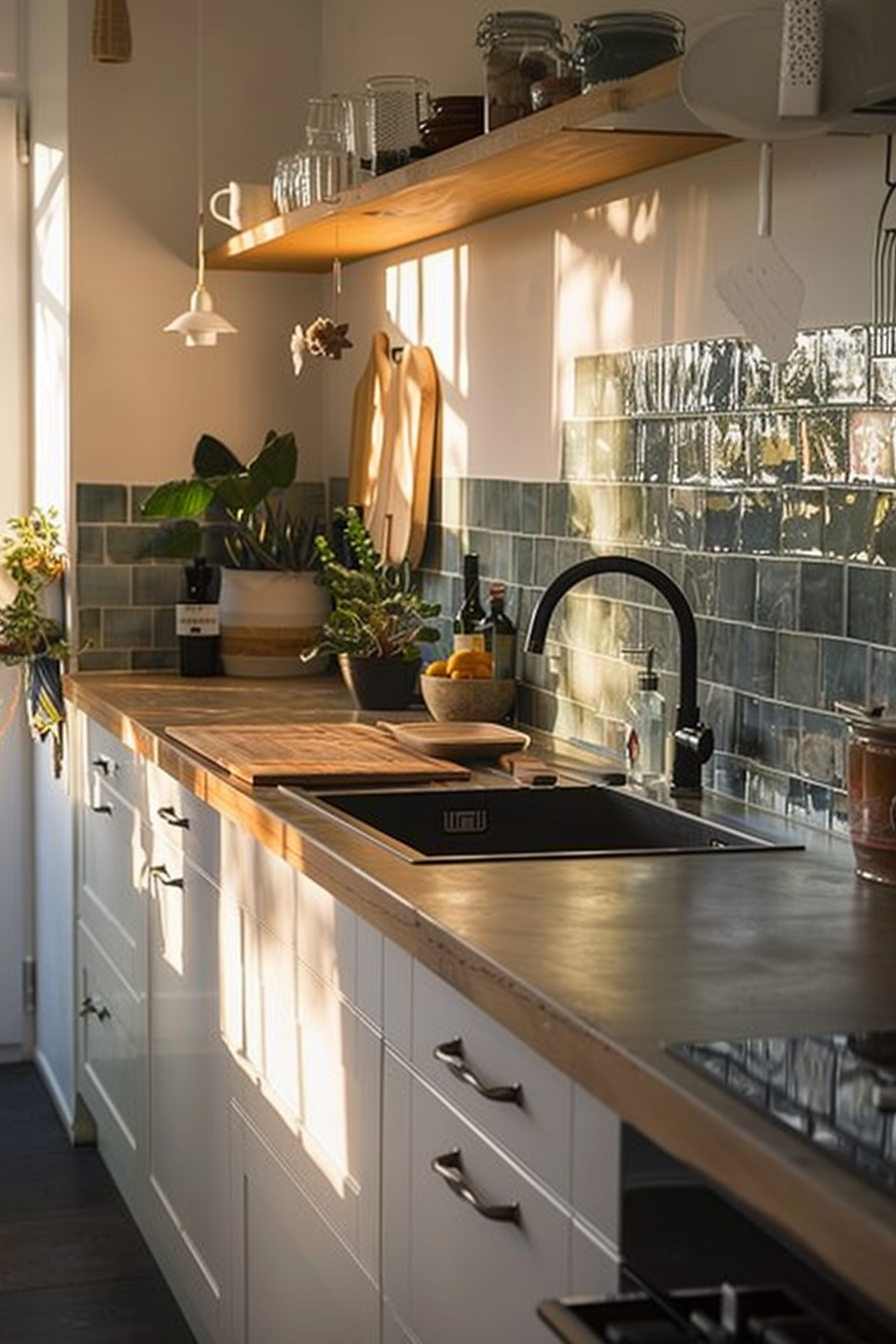
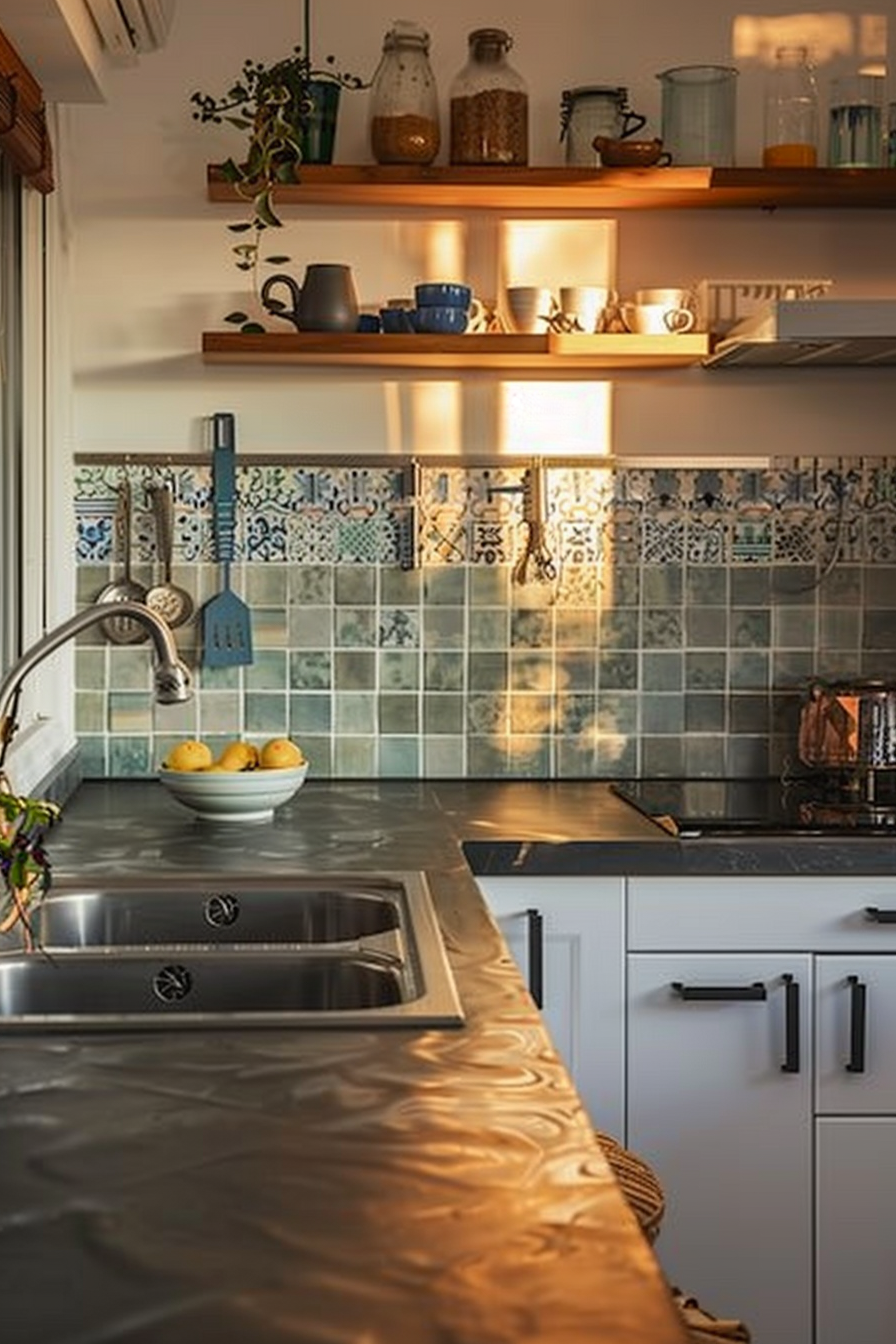

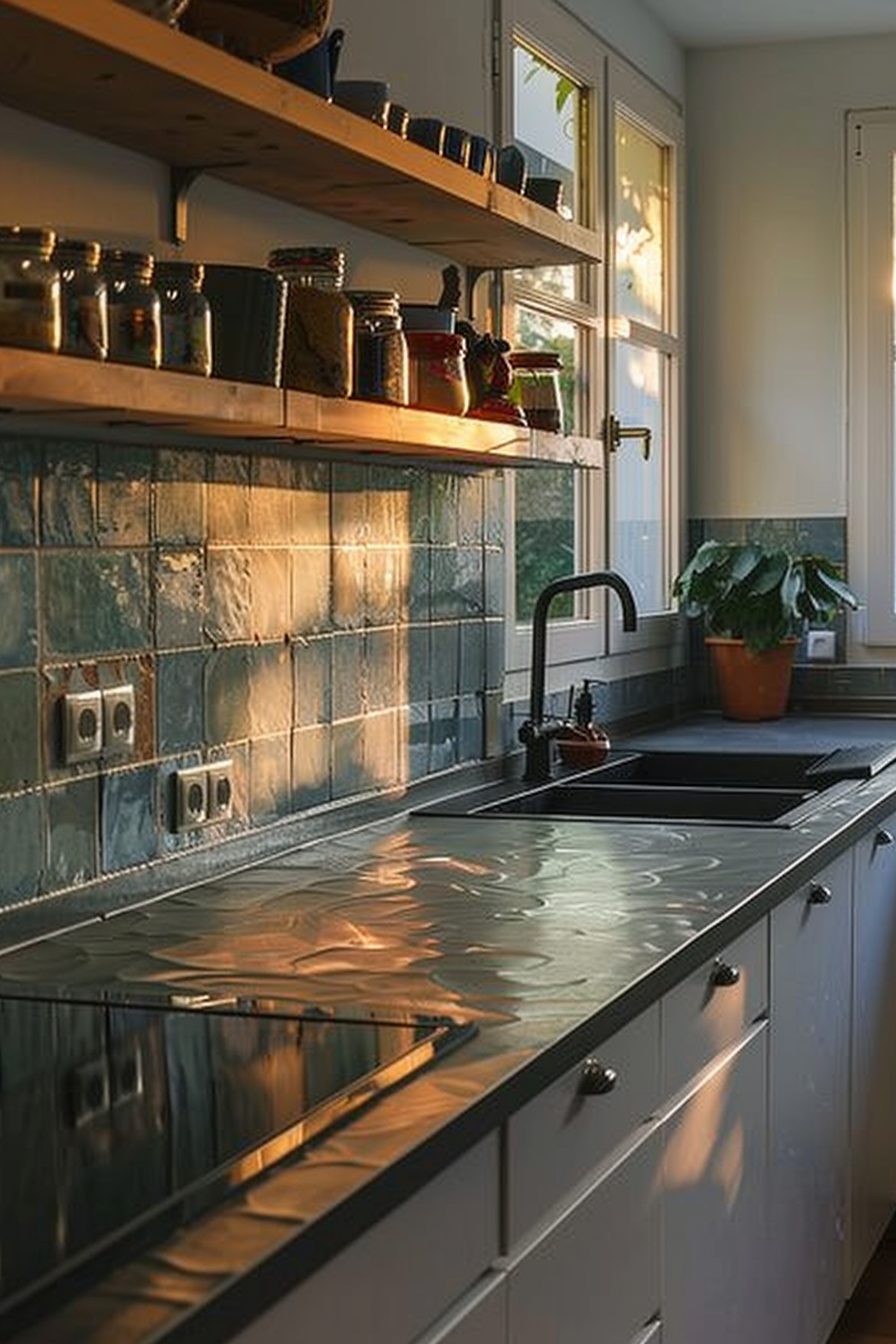
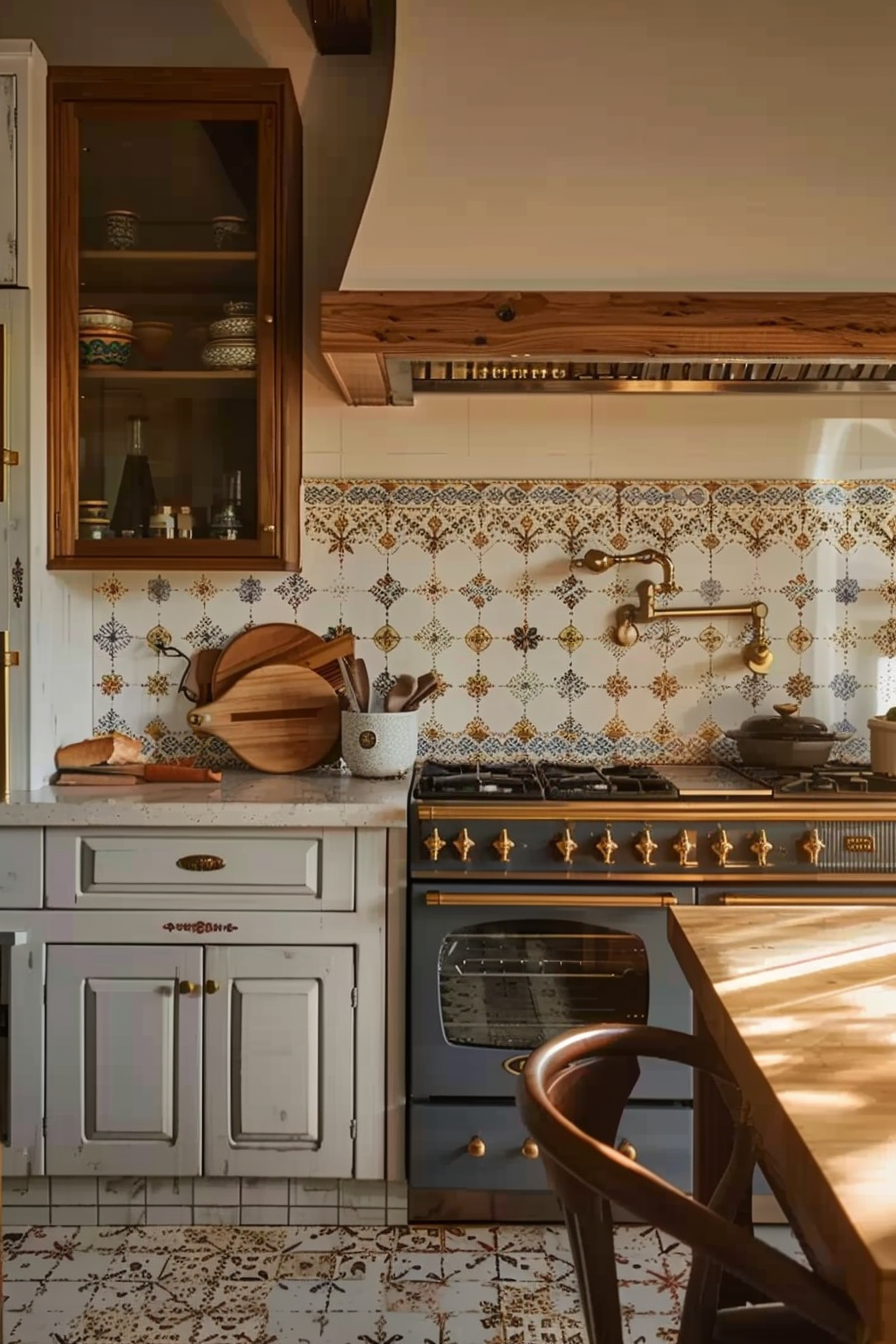
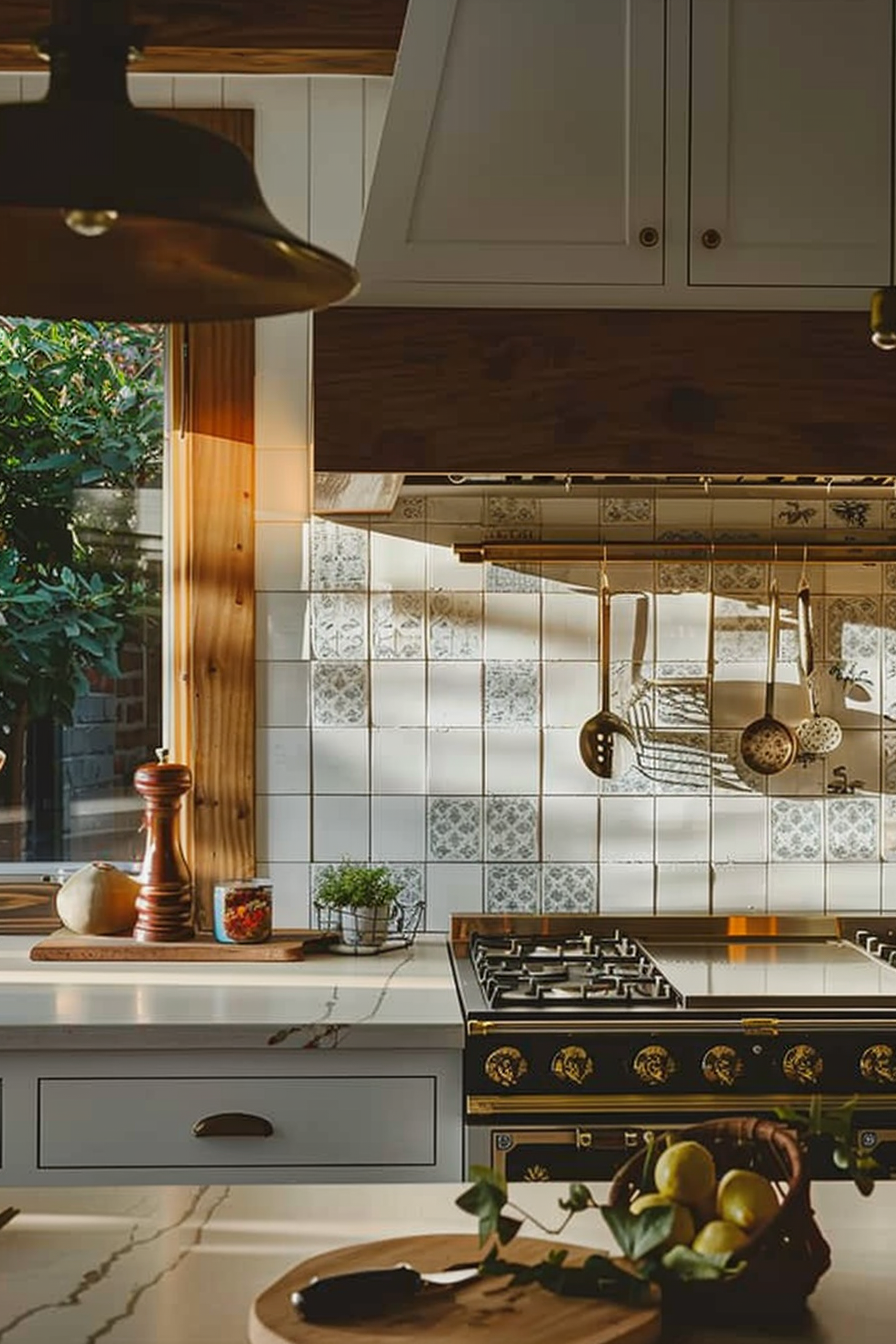


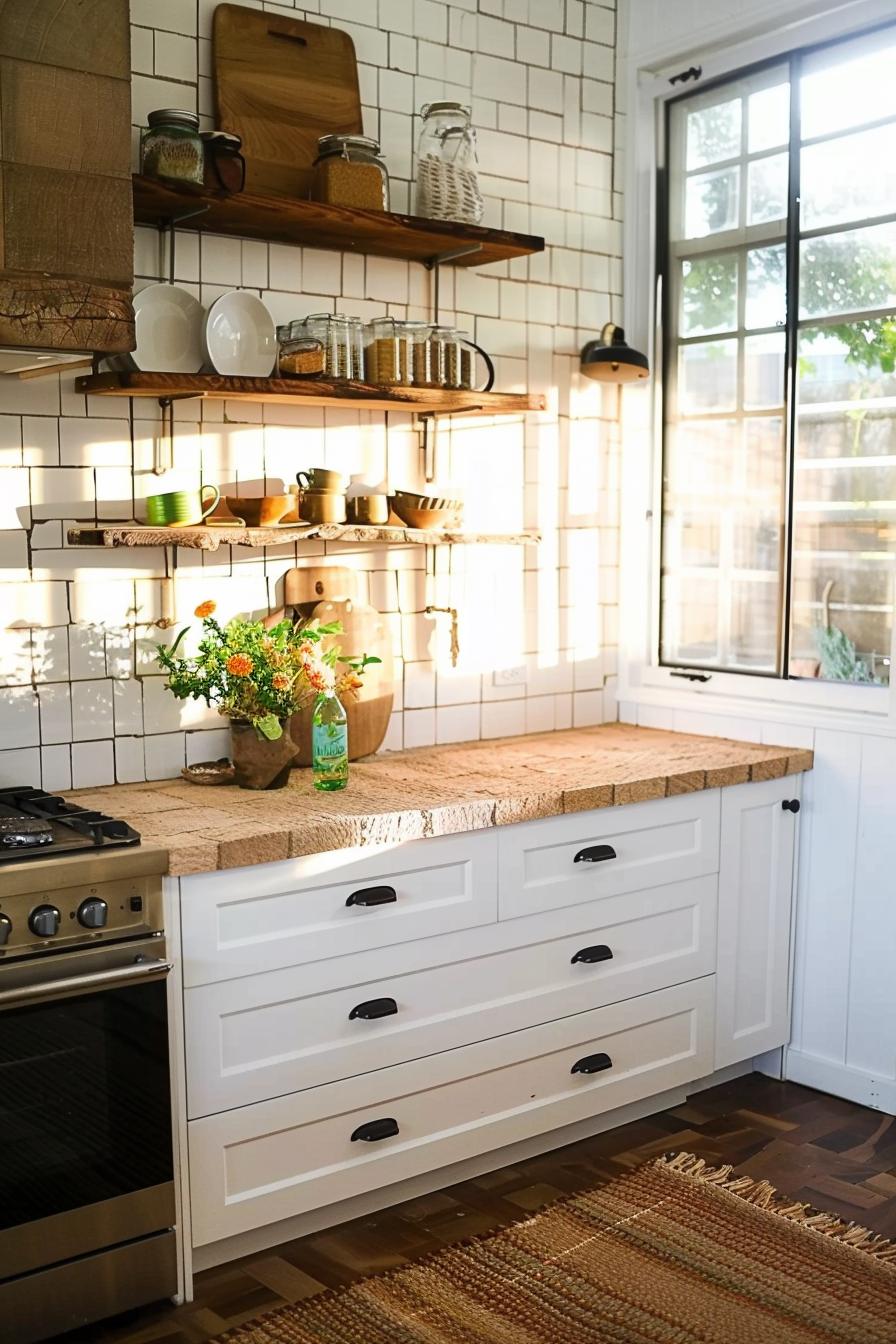




















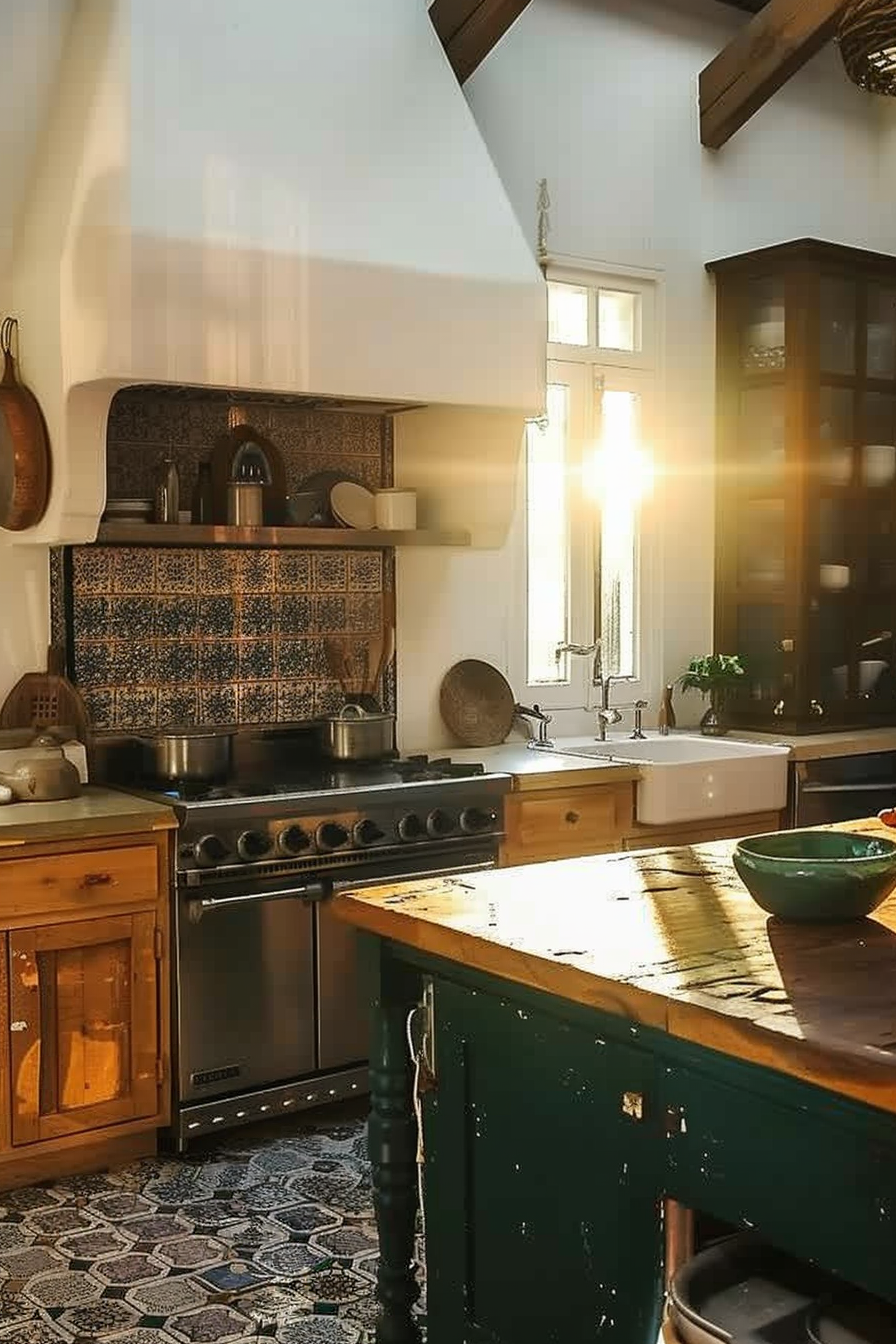


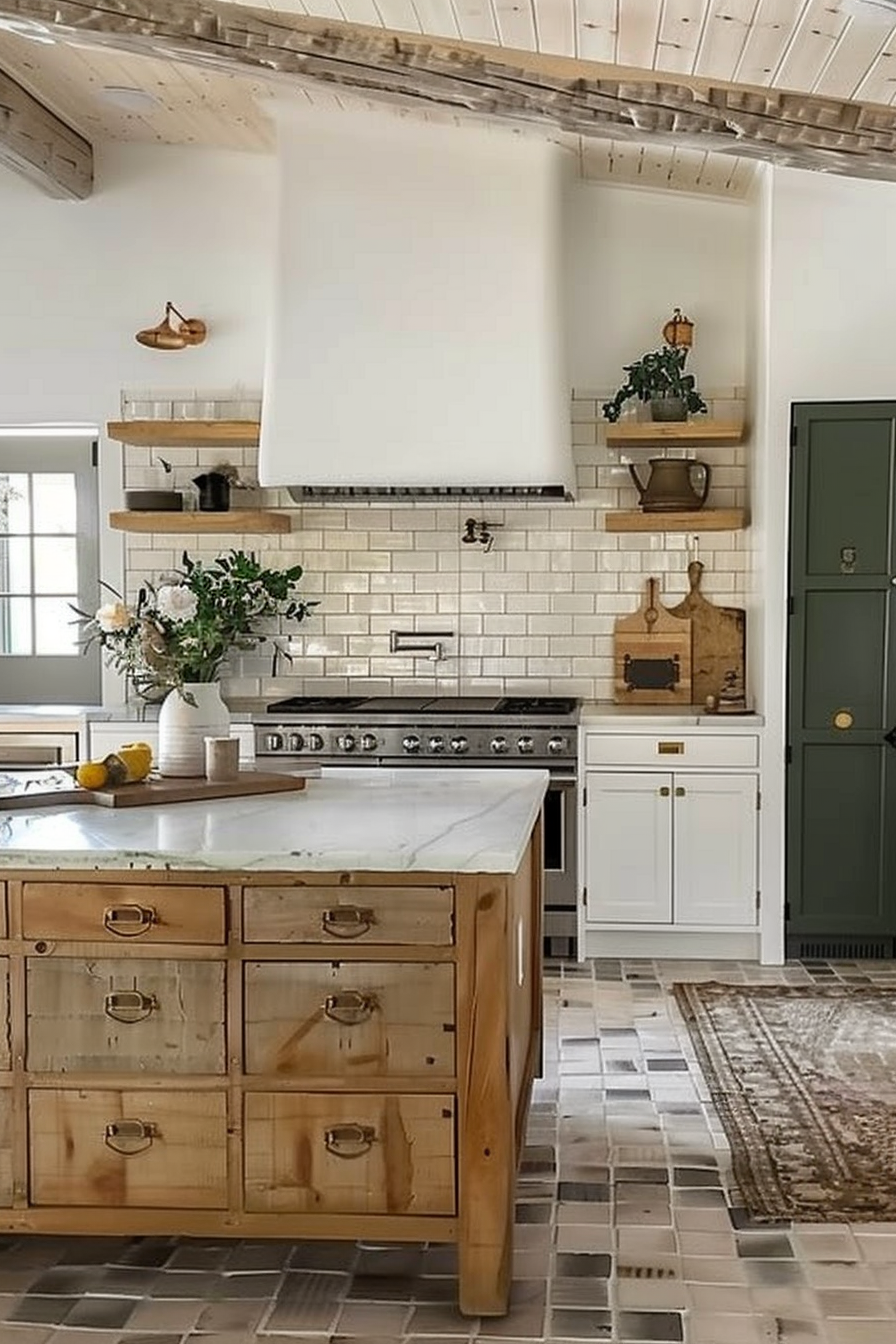
Follow Quiet Minimal on Pinterest for more home design tips and inspiration.


